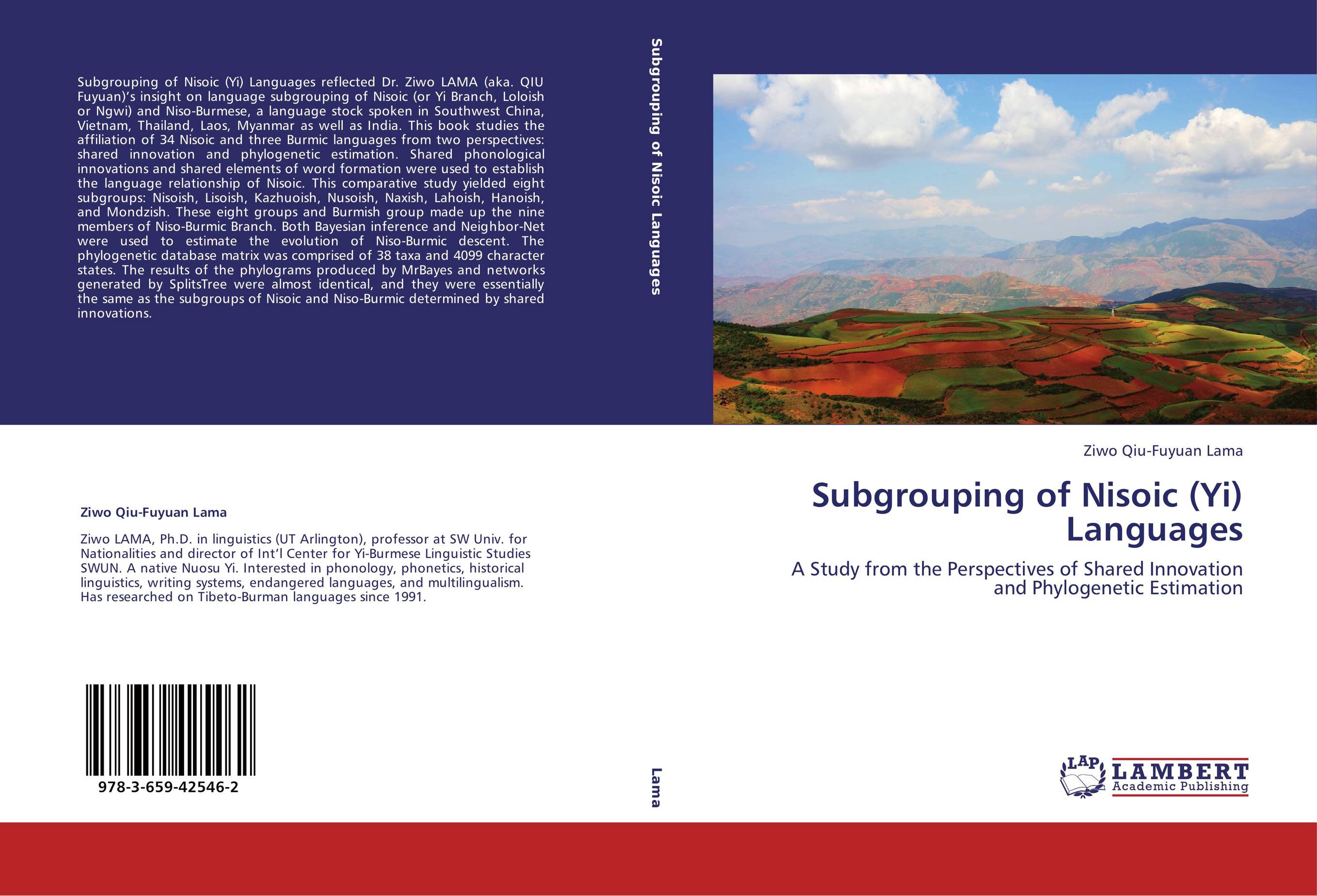| Поиск по каталогу |
|
(строгое соответствие)
|
- Профессиональная
- Научно-популярная
- Художественная
- Публицистика
- Детская
- Искусство
- Хобби, семья, дом
- Спорт
- Путеводители
- Блокноты, тетради, открытки
Subgrouping of Nisoic (Yi) Languages. A Study from the Perspectives of Shared Innovation and Phylogenetic Estimation

В наличии
| Местонахождение: Алматы | Состояние экземпляра: новый |

Бумажная
версия
версия
Автор: Ziwo Qiu-Fuyuan Lama
ISBN: 9783659425462
Год издания: 2013
Формат книги: 60×90/16 (145×215 мм)
Количество страниц: 464
Издательство: LAP LAMBERT Academic Publishing
Цена: 53047 тг
Положить в корзину
Позиции в рубрикаторе
Отрасли знаний:Код товара: 125543
| Способы доставки в город Алматы * комплектация (срок до отгрузки) не более 2 рабочих дней |
| Самовывоз из города Алматы (пункты самовывоза партнёра CDEK) |
| Курьерская доставка CDEK из города Москва |
| Доставка Почтой России из города Москва |
Аннотация: Subgrouping of Nisoic (Yi) Languages reflected Dr. Ziwo LAMA (aka. QIU Fuyuan)’s insight on language subgrouping of Nisoic (or Yi Branch, Loloish or Ngwi) and Niso-Burmese, a language stock spoken in Southwest China, Vietnam, Thailand, Laos, Myanmar as well as India. This book studies the affiliation of 34 Nisoic and three Burmic languages from two perspectives: shared innovation and phylogenetic estimation. Shared phonological innovations and shared elements of word formation were used to establish the language relationship of Nisoic. This comparative study yielded eight subgroups: Nisoish, Lisoish, Kazhuoish, Nusoish, Naxish, Lahoish, Hanoish, and Mondzish. These eight groups and Burmish group made up the nine members of Niso-Burmic Branch. Both Bayesian inference and Neighbor-Net were used to estimate the evolution of Niso-Burmic descent. The phylogenetic database matrix was comprised of 38 taxa and 4099 character states. The results of the phylograms produced by MrBayes and networks generated by SplitsTree were almost identical, and they were essentially the same as the subgroups of Nisoic and Niso-Burmic determined by shared innovations.
Ключевые слова: historical linguistics, Tibeto-Burman, Niso-Burmese, Yi-Burmese, Nisoic, subgrouping, phylogenetic linguistics, Autonyms, shared innovation



